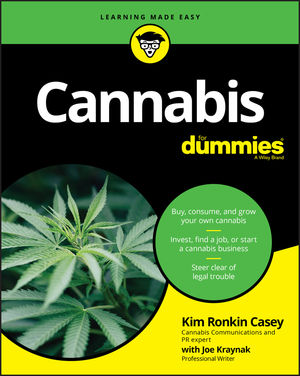Company Reveals Wool Plant Plans

Owens Corning’s stock price briefly rose to its highest level in more than a year, but closed the day down 1.4 percent after a mixed earnings report that beat analysts’ expectations on profit.
The Toledo-based building materials company said it earned $18 million, or 15 cents per share, in the first quarter on sales of $1.2 billion.
Sales were down $71 million from 2014. Earnings down significantly from last year’s first quarter, but the company benefitted from a number of one-time items in 2014, including a $74 million tax gain.
On an adjusted basis, the company said it earned 19 cents per share for the first quarter. Analysts had been expecting adjusted earnings of 13 cents per share.
Shares were up as much as 7 percent in early trading, peaking at $45.70 a share. By market’s close, however, shares had given up 1.4 percent to close at $42.28 on the New York Stock Exchange.
Besides its earnings report, Owens Corning revealed plans for a new mineral wool plant at a yet-to-be-announced site somewhere in the central United States.
The plant, which could be ready by late next year, will more than double Owen Corning’s capacity to make mineral wool—an insulation product like fiberglass but which can withstand higher temperatures.
The company purchased Thermafiber, a leading mineral wool producer, in 2013 and since has been exploring more opportunities with the product.
“Thermafiber has been a great addition to our portfolio and has been operating close to capacity in a growing market. Anticipating continued growth, our board of directors approved the $90 million investment for the construction of a new mineral wool plant,” said Chief Executive Officer, Mike Thaman.
A company spokesman said Owen’s Corning wasn’t ready to say where it will build the factory.
The company’s insulation business grew again in the first quarter with sales up 7 percent to $379 million. Officials said profitability also is improving.
In composites, which encompasses a wide range of glass fiber products, sales were flat at $478 million as higher volumes and prices were offset by currency rates.
Roofing, however, remains a weak spot. The company said roofing sales fell 21 percent compared with 2014 on both lower volumes and lower prices. Despite that, Owen’s Corning officials saw encouraging signs as it appears to be winning back its historic market share.
Thaman said he was pleased with momentum in insulation and in the composites business in particular, which the company has been working to grow.
“The quarter we just put up is a bit of a down payment on our belief in that strategy, and what we think that business can be for us,” he said. “It’s heartening for the team here to see the progress in composites and see this quarter come through.”
Growth in U.S. new home construction and global industrial production should benefit insulation and composites, officials said. Roofing remains a question mark going forward, though officials believe shipments should improve as the year goes on.
Looking for a reprint of this article?
From high-res PDFs to custom plaques, order your copy today!





